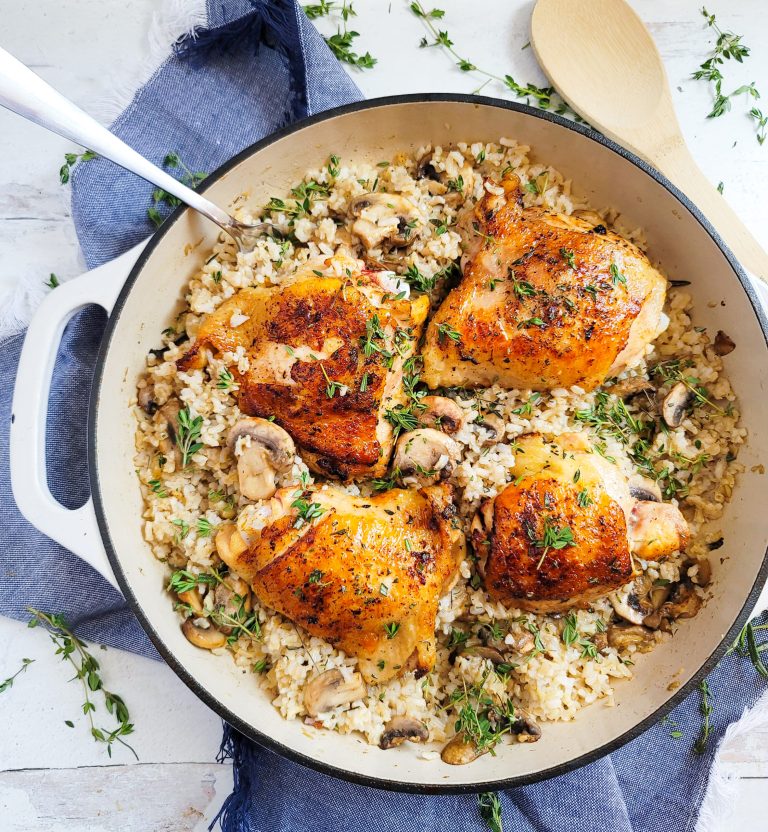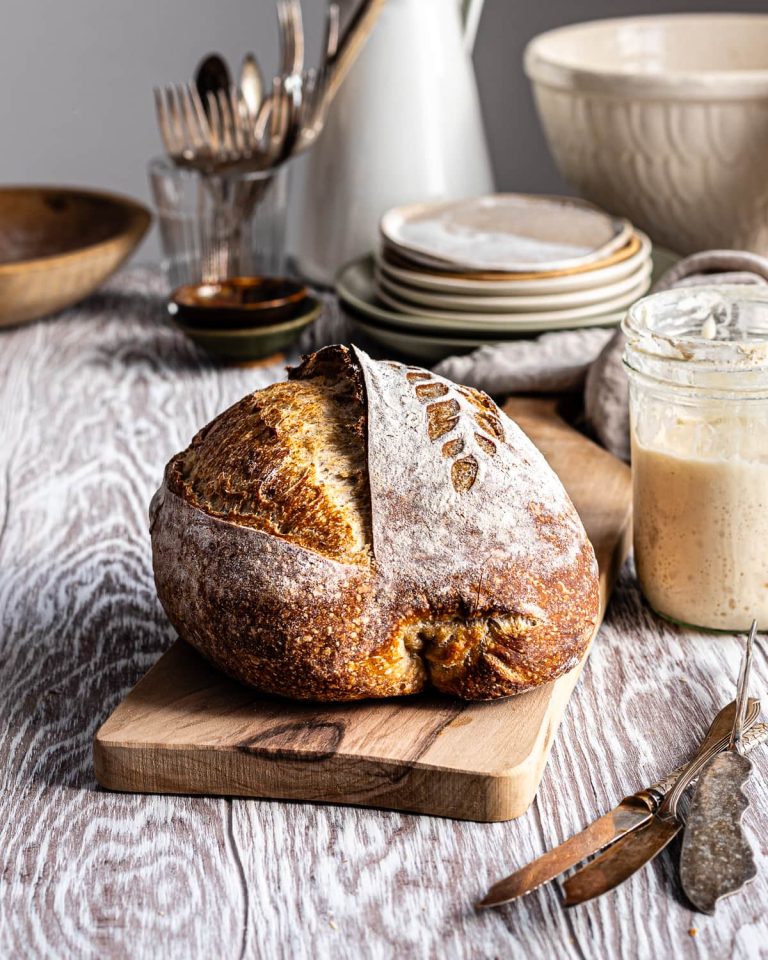Seitan: The Ultimate Wheat Meat Vegan Meat Substitute
Seitan has roots in ancient China, where Buddhist monks created it over 1,000 years ago. They used it as a primary protein source. The term “seitan” itself was coined in Japan in the 1960s by macrobiotic diet followers. It spread quickly because it provided a protein-packed alternative to meat.
How It’s Made
You create basic seitan by washing wheat flour dough until all starch dissolves, leaving a sticky mass of gluten protein. A simpler method involves using vital wheat gluten, which saves time and effort. Mixing vital wheat gluten with water forms the dough quickly. Once the dough forms, steam or simmer it in broth until it firms up and attains a meat-like texture. This versatile base absorbs flavors well, making it suitable for various cuisines.
Nutritional Profile of Seitan
Macronutrients
Seitan is a high-protein vegan meat substitute, offering around 21 grams of protein per 3-ounce (85-gram) serving. It’s low in fat, containing less than 2 grams per serving. You also get about 4 grams of carbohydrates per serving, making it a low-carb option. It’s important to note that seitan doesn’t provide significant fiber content since wheat gluten primarily consists of protein.
Vitamins and Minerals
While seitan is rich in protein, it’s not a significant source of vitamins and minerals on its own. Trace amounts of minerals like iron, calcium, and potassium are present but generally insufficient to meet daily nutritional needs. For a more balanced diet, consider pairing seitan with vegetables and legumes rich in vitamins and minerals.
This basic nutritional profile makes seitan an excellent choice for those looking to increase protein intake while maintaining a low-fat and low-carb diet.
Culinary Uses of Seitan
Cooking Techniques
Use various techniques to cook seitan, adapting it to different dishes. Stir-fry slices with vegetables for a quick, flavorful meal. Marinate pieces overnight and grill them to add a smoky taste. Stew seitan in soups to let it absorb rich broths and spices. Bake it with a glaze for a roasted meat substitute. Simmer it briefly to retain its texture in softer dishes or deep-fry for a crispy exterior. Each method infuses the seitan with unique flavors and textures.
Popular Recipes
Incorporate seitan into numerous popular recipes to enhance their protein content. Whip up a vegan stir-fry by combining sliced seitan, bell peppers, and soy sauce. Create savory seitan tacos by marinating strips in taco seasoning and serving with avocado and salsa. Make a hearty seitan stew with root vegetables and a tomato-based broth. Prepare BBQ seitan by baking it with your favorite barbecue sauce. Use seitan in vegan sandwiches, layering it with fresh veggies and condiments. Each of these recipes showcases seitan’s versatility and ability to mimic different meats.
Health Considerations
Allergies and Intolerances
Seitan, made from wheat gluten, isn’t suitable for those with celiac disease or gluten sensitivity. These individuals might experience severe reactions, including gastrointestinal distress, if they consume seitan. Even those without diagnosed gluten-related disorders might find it challenging to digest large amounts. It’s crucial to monitor your body’s reaction and consult a healthcare professional if you have concerns.
Benefits in a Vegan Diet
Seitan offers a high-protein, low-fat option in a vegan diet. Each serving provides valuable protein that supports muscle maintenance and growth, especially important for those following a plant-based lifestyle. Unlike many plant-based options, seitan has a meaty texture, making meals more satisfying. When combined with beans, vegetables, or grains, seitan helps create balanced, nutrient-dense dishes. To optimize your diet, pair seitan with foods rich in vitamins and minerals to cover all nutritional bases.
Environmental Impact
Comparison to Animal-Based Proteins
Seitan, being a plant-based meat substitute, offers significant environmental benefits compared to animal-based proteins. The production of seitan uses fewer natural resources, reducing the strain on water, land, and energy. For instance, seitan’s production requires significantly less water than beef or pork.
Farming wheat, used to make seitan, occupies less land than raising livestock. A 2018 study in Science found that producing 100 grams of protein from wheat requires 1.5 square meters of land compared to 7.1 square meters for beef. Lower land use helps preserve natural habitats and decrease deforestation.
Greenhouse gas emissions from seitan production are also lower. The study noted that producing 100 grams of protein from wheat emits 2.5 kilograms of CO2 equivalent, while beef emits 60 kilograms. This reduction contributes to mitigating climate change.
Choosing seitan over animal-based proteins supports environmental sustainability by conserving water, reducing land use, and lowering greenhouse gas emissions.
Conclusion
Seitan stands out as a versatile and environmentally friendly vegan meat substitute. Its high protein content and ability to absorb flavors make it a favorite in various dishes from stir-fries to BBQ. While it’s not suitable for those with gluten sensitivities, seitan offers a nutritious option for many, supporting muscle maintenance and growth. Pair it with other nutrient-rich foods for a balanced diet. Plus, choosing seitan helps reduce your environmental footprint, making it a win-win for your health and the planet.






